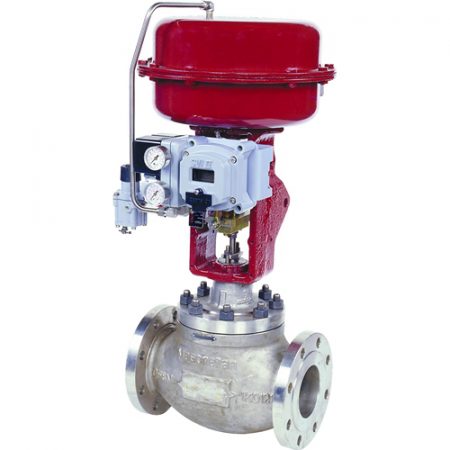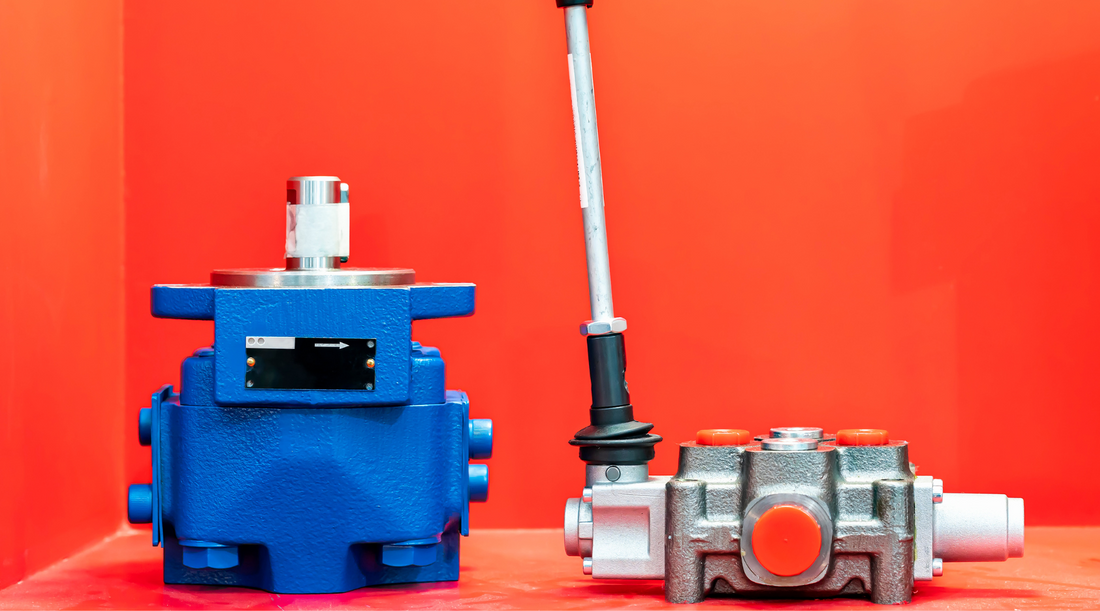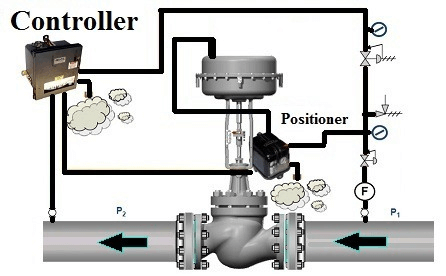Checking out the Performance of Modern Control Valves in Industrial Applications
Checking out the Performance of Modern Control Valves in Industrial Applications
Blog Article

Maximize Energy Cost Savings and Comfort With Advanced Structure Automation Controls
In the world of modern style and facility administration, the integration of sophisticated building automation regulates stands as an essential improvement. By utilizing the power of automation, structures can adjust, react, and develop in methods that were as soon as inconceivable.
Power Performance Benefits
Energy effectiveness advantages can considerably minimize power intake and operational expenses in structures. By implementing energy-efficient practices and innovations, structure owners and operators can achieve substantial financial savings while additionally adding to environmental sustainability. One of the primary advantages of enhancing energy effectiveness in buildings is the decrease of energy expenses. Energy-efficient systems, such as innovative structure automation controls, can optimize using sources like lights, home heating, and air conditioning, bring about lower energy expenditures over time.
Furthermore, enhanced power effectiveness can prolong the lifespan of structure devices and systems. By operating more successfully, cooling and heating systems, lighting components, and various other structure parts experience much less deterioration, resulting in lowered upkeep and replacement prices. Furthermore, energy-efficient buildings frequently command greater home values and rental rates, providing long-lasting monetary benefits to owners.
Moreover, power efficiency can improve occupant convenience and productivity. Appropriately managed interior settings with optimal lighting and thermal problems create a more helpful and pleasurable work space, resulting in boosted employee fulfillment and efficiency. Generally, the energy effectiveness benefits connected with advanced building automation controls are diverse, encompassing price financial savings, ecological stewardship, and occupant health.
Boosted Comfort Control
Enhancing convenience control in building environments calls for an innovative assimilation of innovative automation systems for optimal owner well-being. By utilizing sophisticated structure automation controls, centers can tailor the indoor environment to meet the details demands and choices of residents. control valves.
Enhanced comfort control surpasses fundamental temperature adjustments. It consists of features such as individualized setups, occupancy sensing units, and natural light utilization to develop a receptive and vibrant setting. By including these sophisticated controls, buildings can not only improve comfort but also enhance energy efficiency by maximizing system operations based on real occupancy and usage patterns. Inevitably, focusing on resident convenience via advanced automation systems brings about a more enjoyable and healthier interior environment.
Operational Efficiency Improvements

In addition, the application of real-time monitoring and analytics tools makes it possible for building operators to determine power inadequacies and operational abnormalities immediately. By constantly keeping an eye on energy use patterns and system performance metrics, modifications can be made in real-time to maximize power consumption and ensure peak functional efficiency. control valves. Furthermore, incorporating need reaction techniques into building automation controls can additionally enhance functional effectiveness by dynamically readjusting power usage based upon grid conditions and prices signals
Indoor Climate Optimization
Reliable indoor climate optimization is an essential aspect of structure automation controls, ensuring residents' convenience and well-being while optimizing power cost savings. By making use of innovative sensors and controls, building automation systems can continually check and adjust temperature, humidity levels, air top quality, and air flow to develop an get redirected here optimum interior environment. Maintaining constant and comfy conditions not just improves passenger complete satisfaction however likewise boosts performance and overall health.
Indoor environment optimization also plays an essential function in energy efficiency. By fine-tuning ventilation, heating, and air conditioning systems based upon real-time information and occupancy patterns, building automation controls can significantly decrease energy usage - control valves. Implementing methods such as demand-controlled ventilation and thermal zoning can aid reduce energy waste while ensuring that each location of the structure receives the required conditioning.

Lasting Atmosphere Development
Structure automation controls not just optimize interior climate problems for energy performance and occupant convenience however also lay the structure for developing a lasting environment through strategic management of resources and systems. By integrating innovative structure automation technologies, such as sensors, actuators, and intelligent software program, centers can adjust and keep an eye on power usage in real-time to lessen waste and minimize their carbon impact. These systems enable predictive upkeep, determining prospective concerns prior to they escalate and maximizing equipment performance to enhance longevity and efficiency.
Moreover, lasting setting development extends beyond power management to incorporate water preservation, waste decrease, and indoor air top quality renovation. Building automation controls can control water usage, discover leakages, and make sure proper waste disposal practices, contributing to overall sustainability efforts. In addition, by controlling and keeping an eye on air flow and purification systems, these modern technologies boost resident health and wellness and performance while lowering energy consumption connected with cooling and heating procedures.
Verdict
In conclusion, progressed structure automation manages deal considerable benefits in terms of energy cost savings, convenience control, functional effectiveness, interior environment optimization, and developing a sustainable environment. By executing these controls, structures can accomplish optimum performance while investigate this site minimizing power intake and improving occupant convenience. It is evident that the use of advanced automation technology is essential in boosting building performance and creating a much more lasting future.
Power efficiency benefits can dramatically lower energy intake and functional costs in buildings. Generally, the power efficiency advantages connected with innovative building automation controls are diverse, incorporating price financial savings, environmental stewardship, and passenger well-being.
Furthermore, including need response methods right into structure automation controls can further improve operational efficiency by dynamically readjusting power usage based on grid conditions and rates signals.
Structure automation controls not only optimize indoor environment problems for energy effectiveness and occupant convenience but also lay the structure for sites producing a sustainable atmosphere with strategic administration of systems and sources.In verdict, advanced structure automation manages offer significant benefits in terms of energy savings, convenience control, operational efficiency, indoor environment optimization, and producing a sustainable environment.
Report this page